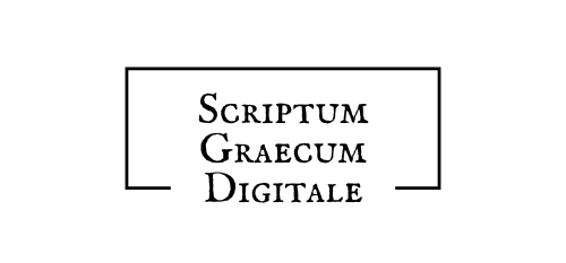The Scriptum Graecum Digitale archive presents a digital edition of a manuscript of Homer’s Iliad, reimagined across different historical periods of the Greek language. This project combines philological precision with digital innovation to explore how a single work might have looked in various linguistic and historical contexts—from Classical Antiquity to the modern era. Users can navigate between reconstructed versions of the manuscript, compare visual and textual features, explore encoded textual variants, and access contextual materials such as glossaries, term explanations, and historical notes.
The Concept
The Objective
Rethinking the Digital Edition
The goal is twofold: to preserve and disseminate one of the most influential texts of the Greek literary tradition while also illustrating the continuity and transformation of the Greek language over time.
Scriptum Graecum Digitale proposes a new approach to what a "digital edition" can be. Rather than offering a single, fixed editorial viewpoint, it emphasises textual fluidity, user agency, and minimal editorial mediation. Visitors are invited to define their own journey through the archive—exploring different textual states, orthographic practices, or historical reimaginings—thus engaging with the material in an open, exploratory, and interactive way.
The Literature
The literature informing the project derives from the science of Palaeography, while the manuscripts forming the basis of the different versions of the Greek script come from many parts of the Mediterranean. In Egypt we find the majority of the papyri used in the project. Other notable locations are Herculaneum, Sinai, and Cappadocia.


